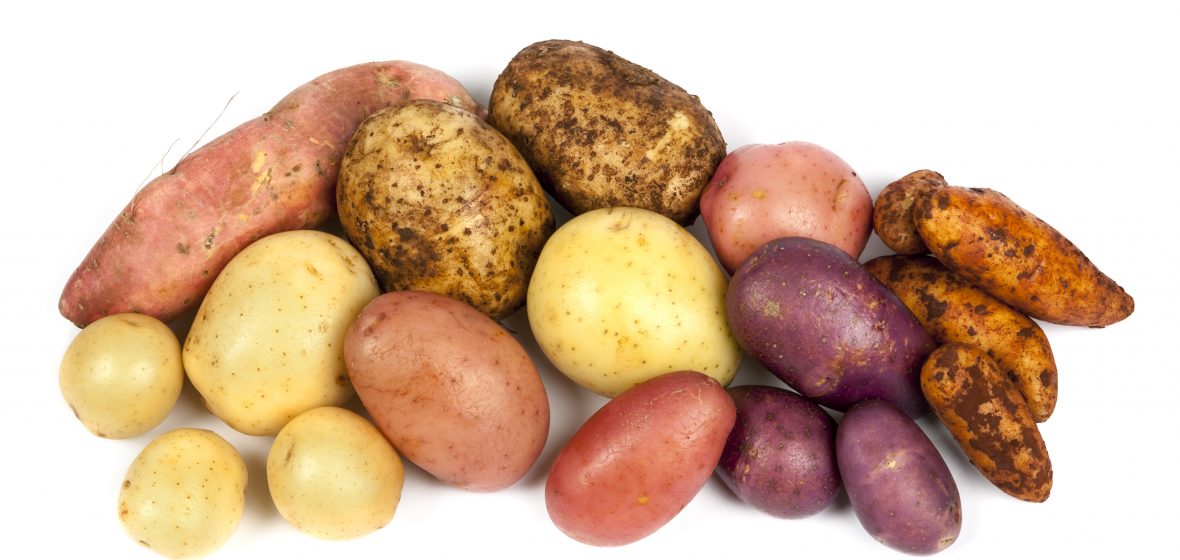Are All Potatoes Created Nutritionally Equal?

Just because we call them all potatoes, doesn’t make them nutritionally equal. While side by side, two types of Creamer potatoes may seem very similar in shape and size, they are as unique as we are, and contain their features and attributes.
As we explored recently, there are nutritional differences between types of potatoes, such as a standard russet and a Creamer potato. Further still, there are nutritional differences within Creamer varietals themselves, proving that no two potatoes—or Creamers—are created equal.
Why the Difference in Nutrition?
Our Creamers are grown across Canada, and the US which means the soil composition varies between growing regions and geographies. This affects mineral levels in the soil, and the nutrients available to the growing spud. We “are what we eat” just as much as our food is too, and in the case of plants, they “eat” the soil.
In addition, Creamers are harvested at various times during the year, and therefore each harvest experiences a range in climatic conditions such as sun exposure, throughout its growing cycle.
Nutrition Comparison: Creamer Varietals
Each Little Potato Creamer varietal undergoes third party nutritional testing to ensure each serving contains the nutrient levels claimed on the package. Testing is based on a composite of nutrition data obtained from crops grown in each region and harvested at various times of the year. This comprehensive approach to nutritional testing also reveals the difference in nutrition between each varietal.
Let’s take a quick look at the side by side comparison for two popular Creamer varietals. Can you spot a few of the key differences?

U.S. Nutrition Facts
Micronutrients vs. Macronutrients
We can see that Little Charmers have 30 more calories per serving. This is from the extra 6 grams of carbohydrate, and 2g protein (these are both examples of macronutrients). The “Nutrient Density” for each type of Creamer can be defined as a measure of the vitamins and minerals (or micronutrients) per calorie.
Though the calorie content is different, at the same serving size (150g), Blushing Belle currently has more micronutrients. If we increased the calorie content to be equal to Little Charmers, the micronutrient content would further increase as well. So—by way of nutrient density, Blushing Belle’s the winner. However, if you’re looking for a higher protein content or more good carbs, Little Charmers are your spud.
If you’re ever unsure, no matter which varietal you choose, you’ll be getting in a serving of vegetables and a variety of essential nutrients. So we say—let your palette be the judge!
What other nutrition showdowns would you like to see? Curious how a potato compares to any other pantry staples?
Drop us a line in the comments!
To get more nutrition tips, healthy recipes and creamer contests, sign up for our monthly newsletter. And join the social media conversation! If you have questions, comments or quips, don’t hesitate to get in touch: info@littlepotatoes.com

Longevity Educator, Registered Holistic Nutritionist (RHN), Real Food Advocate and Endurance Athlete.
Emma Andrews is a Nutritionist (RHN) and Educator from Vancouver, Canada, and passionate about sport performance and longevity. Through her 10+ year career in the natural products industry, Emma has developed a deep understanding of ingredients, and nutritional…
Did you like what you read?
